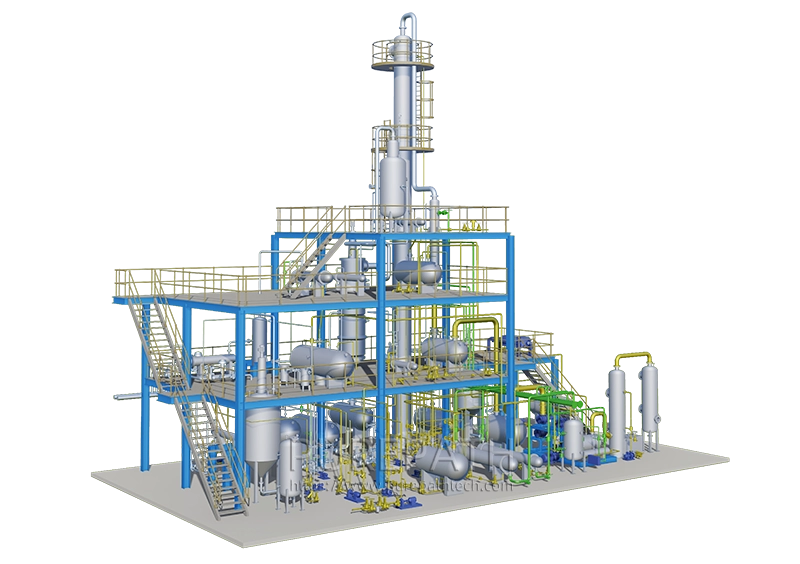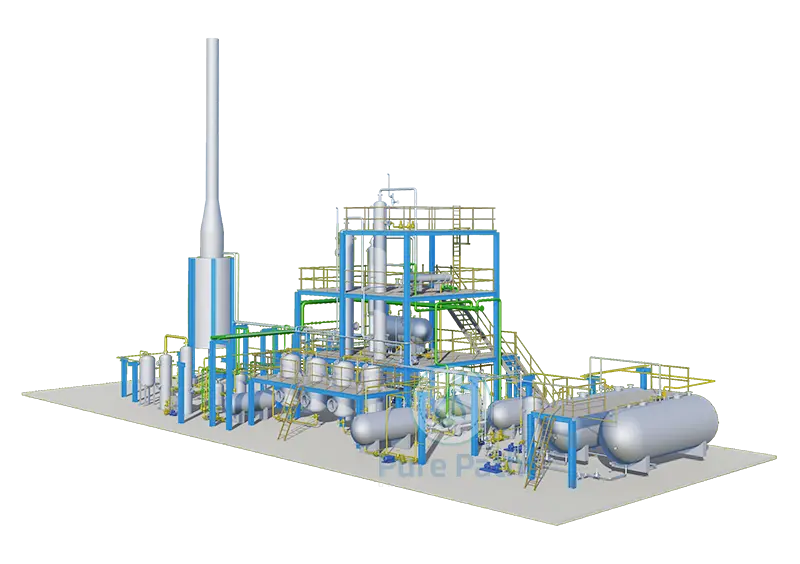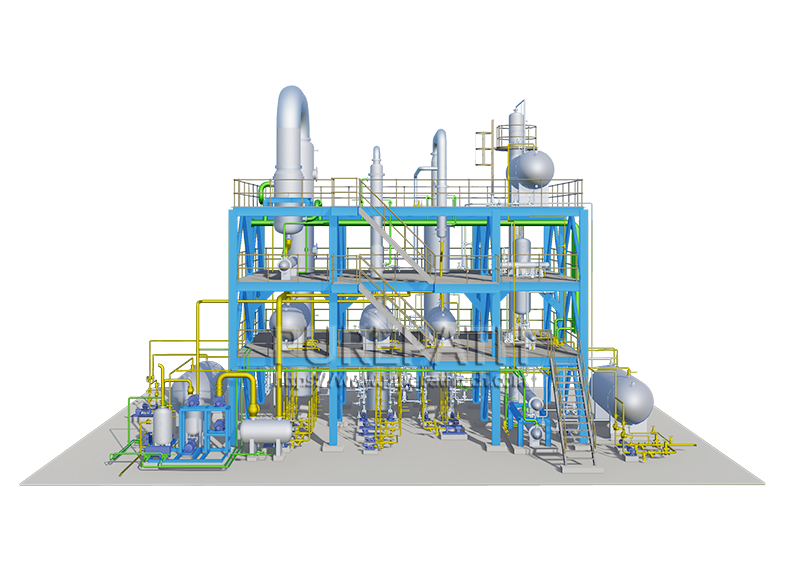How to Set Up A Used Oil to Diesel Project?
In today’s world, where sustainability and resource efficiency are paramount, converting used oil into diesel is an innovative and eco-friendly business opportunity. Not only does this process help reduce environmental pollution, but it also provides a valuable energy source. If you’re considering setting up a used oil to diesel project, this guide will walk you through the entire process, from understanding the technology to marketing your final product.
Understanding the Used Oil to Diesel Process
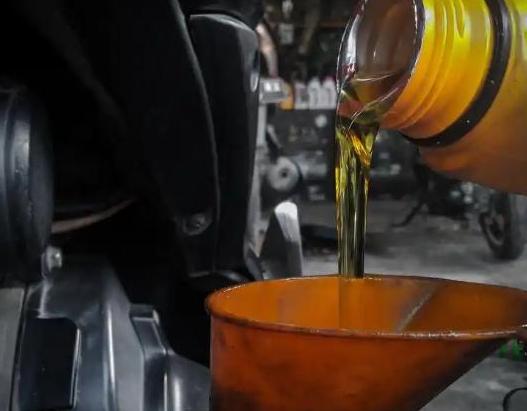
Converting used oil into diesel requires refining waste oils such as engine oil, industrial lubricants, and hydraulic fluids into usable fuel sources through distillation, filtration and purification processes, which remove contaminants such as water, heavy metals and sludge contaminants.
Fractional distillation is at the core of this conversion process, in which used oil is heated at high temperatures in an oxygen-free environment before it is allowed to vaporize, which allows different hydrocarbon compounds based on their boiling points to separate out and condense into diesel fuel, while heavier residues can be further processed or reused. Additional treatments like clay purification, catalytic upgrading, and desulfurization may be employed to ensure the final diesel product meets industry standards.
This process not only offers an economical alternative to conventional diesel, but it also helps the environment by recycling waste oil which would otherwise be dumped improperly. By employing advanced technology and efficient refining processes, businesses can achieve high yields of clean-burning diesel, making the used oil to diesel project both financially feasible and ecologically sound.
Detailed Used Oil to Diesel Project Set-Up Plan
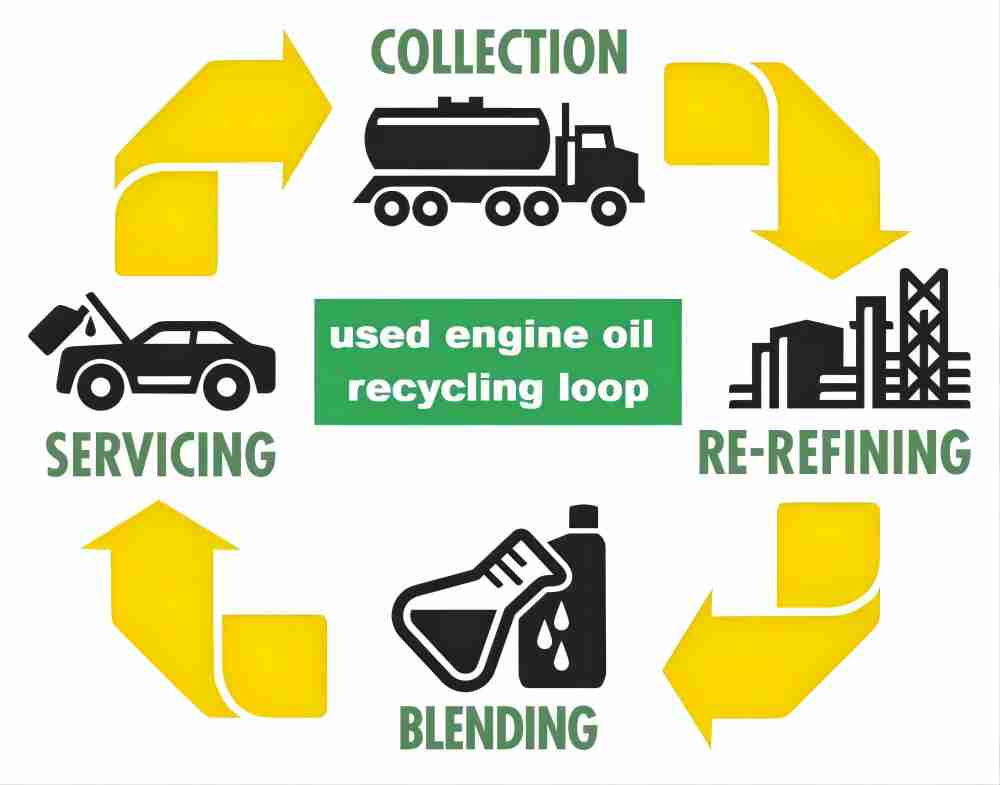
Setting up a used oil to diesel project is a multi-step process that requires careful planning, investment, and execution. Below is a comprehensive guide to help you navigate each stage of the project, ensuring a smooth and successful operation.
Step 1: Conduct Market Research & Feasibility Study
Conducting market and feasibility research are the cornerstones of starting any used oil to diesel project, setting the groundwork for success by giving you insight into market dynamics, demand patterns and any possible hurdles that arise during operations.
- Market Demand: Conduct market research in your target region regarding diesel fuel demand. Determine industries such as transportation, agriculture, construction and manufacturing which rely heavily on it, as well as pricing trends and competition in order to identify how your product can stand out in its marketplace.
- Used Oil Availability: Evaluate the availability of used oil in your area by working with local businesses like automotive repair shops, restaurants, and industrial facilities that generate used oil production. Make sure there is sufficient supply to meet production goals.
- Feasibility Study: Evaluate the financial viability of the project to assess whether it is economically sustainable and worth pursuing. Calculate initial investments needed for machinery, infrastructure and operational costs before projecting possible revenues based on diesel prices and production capacities. This evaluation can help determine whether pursuing it would be worthwhile and beneficial.
Step 2: Choose the Right Used Oil to Diesel Machine
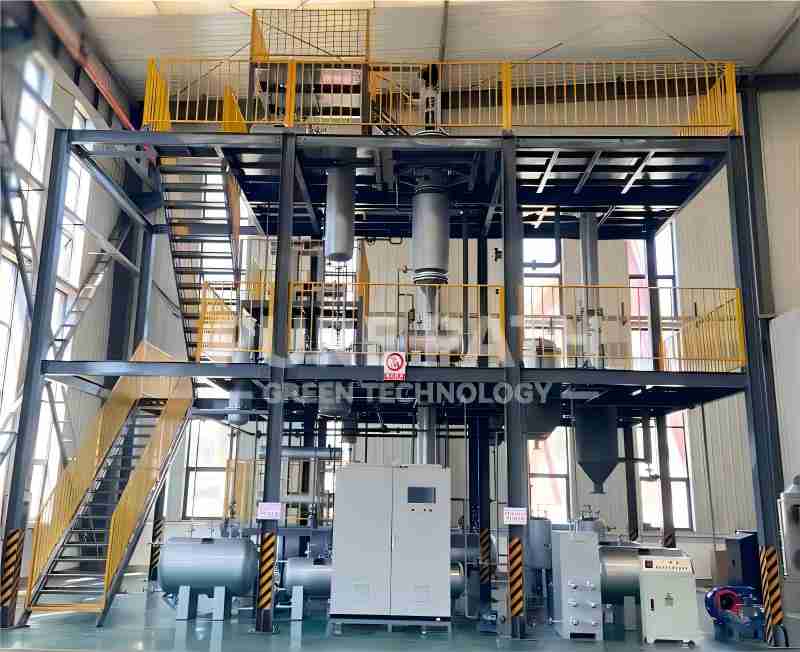
Selecting an effective conversion machine is crucial to ensuring efficiency, product quality and long-term sustainability. When choosing a used to diesel machine consider the following criteria:
- Processing Capacity: Machines come in all sizes, from smaller units (1-5 tons/day for local operations) up to large industrial plants (20+ tons/day). Select one with the capacity that matches up with your expected production volume.
- Technology & Efficiency: Modern distillation and pyrolysis technologies increase diesel yield and quality, so it is wise to seek machines with high conversion efficiencies (85%+ diesel output from used oil).
- Automated Level: Fully automated machines reduce labor costs and human error while improving consistency and safety, but semi-automated options might be more affordable for startups.
- Energy Consumption: Consider both external fuel sources as well as those designed to be energy-efficient, such as using part of the processed oil for heating purposes. Selecting one that reduces operating costs is best.
- Environmental Compliance: Before purchasing any machine, ensure it complies with emission standards and includes pollution control mechanisms such as gas scrubbers or residue treatment systems to help manage emissions and pollution levels.
By investing in appropriate equipment you will ensure smoother operations, improved product quality and reduced long-term costs.
Step 3: Secure a Reliable Supply of Used Oil
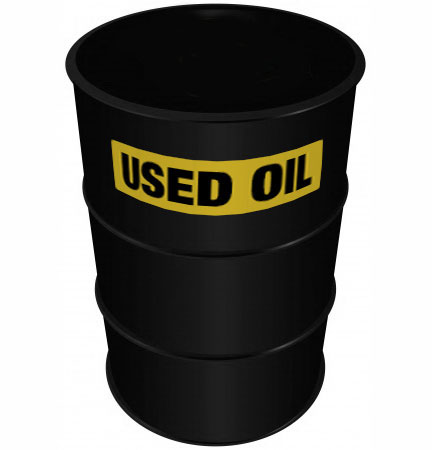
A steady supply of used oil is essential for the continuous operation of your project. Establish partnerships with local businesses that generate used oil, such as automotive repair shops, restaurants, and manufacturing plants. You can also collaborate with waste management companies or recycling centers to source used oil.
To ensure the quality of your raw material, implement a screening process to remove contaminants like water, dirt, and metal particles. High-quality used oil will improve the efficiency of the conversion process and produce cleaner diesel fuel.
Consider offering incentives to your suppliers, such as competitive pricing or free collection services, to build long-term relationships and secure a consistent supply.
Step 4: Optimize the Conversion Process
Once your machine is up and running and a steady supply of used oil has been secured, focus on optimizing its conversion process to maximize efficiency and output. Here’s how:
- Pre-Treatment: Filter and pre-treat used oil before feeding it to your machine to remove impurities for smoother operation and higher-grade diesel. This step ensures smoother operations and higher quality diesel.
- Monitor Parameters: For optimal results in either pyrolysis or distillation processes, closely monitoring temperature, pressure and reaction time to ensure optimal performance is attained.
- Refine Diesel: Once converted, refine the diesel in order to remove any impurities and ensure it meets industry standards. This may involve additional filtration or chemical treatments.
Make time for regular maintenance of your machine to help avoid breakdowns and extend its lifespan. Clean the equipment regularly, replacing worn-out parts when necessary and making any necessary repairs as soon as possible.
By optimizing the conversion process, you can increase production efficiency, decrease waste production, and produce high-quality diesel that meets market needs.
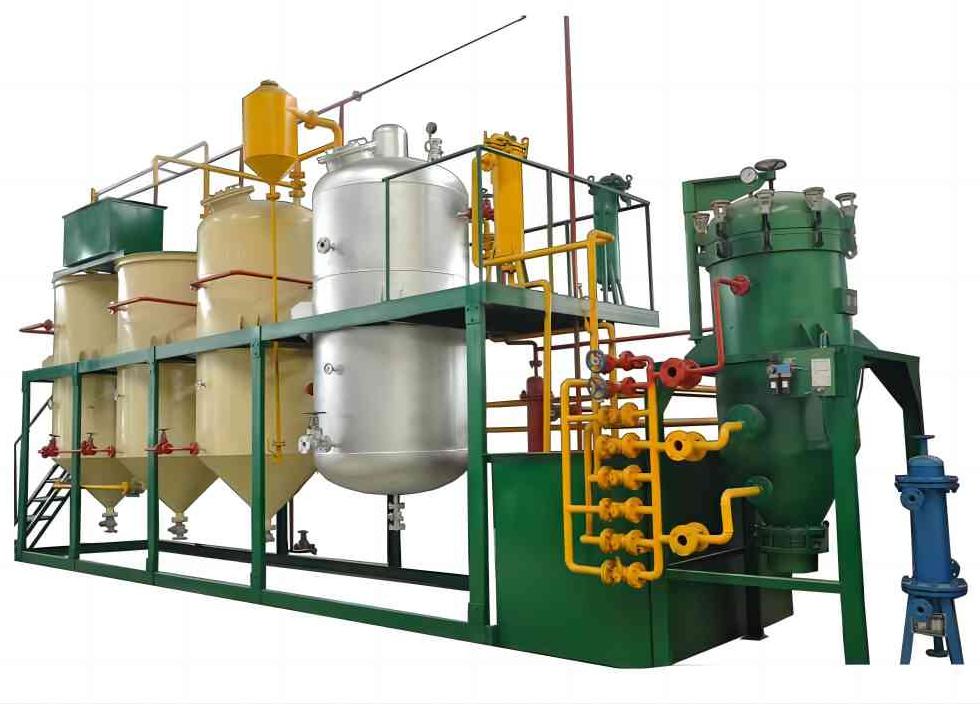
Step 5: Market and Distribute Your Diesel Product
The last step in your project is to sell and distribute your diesel product successfully. Create a marketing approach that promotes your fuel’s unique selling qualities, such as its environmental friendliness, cost-effectiveness, and adherence to industry standards.
Focus on industries that rely substantially on diesel, such as transportation, agriculture, construction, and power generation. Develop relationships with prospective clients by providing samples, reasonable pricing, and dependable delivery services.
Create distribution channels to reach your target market efficiently. You can sell directly to companies, partner with fuel wholesalers, or open your own retail locations. Consider offering bulk discounts or long-term contracts to entice more clients.
This detailed plan ensures that your used oil to diesel project is well-structured and optimized for success. By following these steps, you can create a profitable business while contributing to environmental sustainability.
Where to Find Used Oil to Diesel Machines?
Finding the right used oil to diesel machines is essential for ensuring efficiency, high fuel yield, and long-term profitability. When choosing a supplier, consider factors such as machine quality, automation level, energy consumption, and after-sales support. Reliable manufacturers provide advanced distillation technology, enabling you to convert used oil into high-quality diesel with minimal waste.
One reputable supplier in this field is Purepath, a leading provider of used oil to diesel refining solutions. Our systems incorporate cutting-edge purification and decolorization technology to produce clean, industry-grade diesel fuel. Additionally, we offer technical support, training, and customized solutions tailored to your specific processing needs.
If you’re looking for a reliable used oil to diesel machine, Purepath is an excellent choice for high-performance equipment and expert guidance in setting up your refining project. Contac us now!


